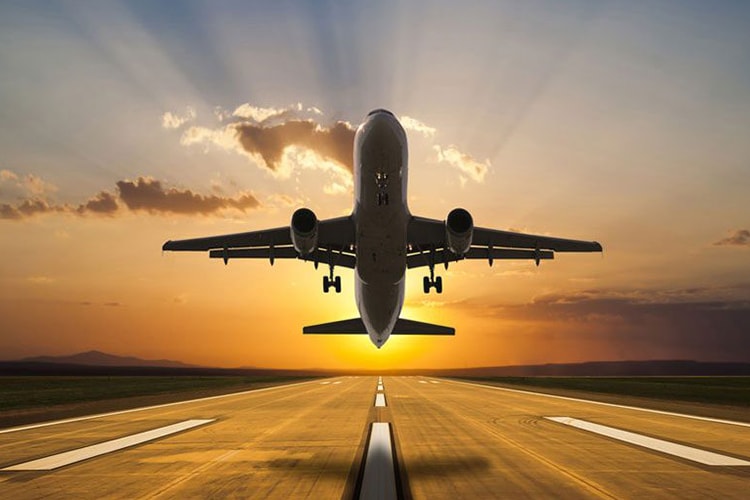I have heard this question from many aspirants from India. Whether it is good to do pilot training in India or should I go abroad? They are expecting answers to a number of questions through this single question. Cost of training, job opportunities, ease of exams, and ease of obtaining ratings are the main concerns. Let us go through the key points now.
Cost of training
The cost of pilot training is less in many countries like S. Africa, Philippines, USA, etc. However, the costs as per advertisement usually include flying charges only. You have to pay extra for food, accommodation, & travel, local transportation, etc. which costs a lot in the USA, Canada, UK, etc. So, make sure that the package includes all of these, before signing up. Flight charges, documentation fees, etc. are usually excluded from the package and so due attention should be given to that.
While considering the cost of flying, make sure that you are comparing packages in India and abroad with similar aircraft with similar features. Charges differ heavily depending on features like conventional & glass cockpit, variant or model of aircraft, age of aircraft, the airport used (prefer busy airports with passenger transit over private airstrips), simulator type, and the fuel used (diesel are less expensive).
The number of hours required to achieve licenses may differ slightly from country to country. So, make sure that you are paying for 200 hours of flying, which is mandatory as per Indian standards. If you can get the license in 150 hours in the country you chose you will have to fly another 50 hours to complete 200 hours of flight time when trying to convert the license to Indian CPL. If you no longer wish to work in India, it will be okay to go with the standards of the other country.
Quality of training
Before agreeing to start a flight training program, check out the aircraft availability at the school. Ask about the number of training aircraft and instructors. Additionally, the student-instructor and the student-aircraft ratio are less compared to India, which means that you’ll have more access to a plane and can increase your flight hours more quickly.
Duration of training
Aboard the average time taken to complete CPL, TRAINING is 18-24 months that includes clearing DGCA papers, flying training, and license conversion compared to India which is 3-4 years.
Career and job availability
Almost all students who wish to become a pilot wants to be an airline pilot. Pilot jobs are not just limited to airline jobs. Instructor jobs, chartered flying, private jets, etc. are also there as jobs. Some academies offer job assurance to attract students. Don’t think that you will be placed soon after getting your CPL. Mostly you will be placed as a safety pilot or an assistant flying instructor in their own academy for cheap salaries, only to keep their promise. Remember, no one can assure you a job. If they are doing so, it comes at the cost of the compromised quality of the job. If you are skillful enough, you can hunt for a job and get placed in a lucrative airline cockpit soon after completion. It depends on how well you learn and respond.
In India, nowadays jobs are there as our airlines are all busily expanding their fleets with new aircraft. Flying instructors in many academies got placed in many airlines already and so vacancies for instructors are also there. For instructors, salaries are lot less (about 1/5th) compared to that in airlines. Though they can earn somewhere around 50,000 to 80,000 Rs per month in India.
Ease of pilot exams
Many students think that exams are a lot easier in many countries when compared to India. Is it true? Yes, but there is a catch. A pilot must be very knowledgeable about aviation topics which are similar in syllabus in almost all countries. If one passes out easily, it means his/her knowledge is limited or he/she is learned well. If the former is the case, it will affect you in later stages of your career, for sure. So better learn everything in syllabus well and you won’t find any difference in exams abroad or India.
License conversion
This is for those who wish to get a foreign CPL but wants to work in India as a pilot. Foreign licenses must be converted to Indian ones and you have to attend conversion exams (CPL-CG) for that. Exams are the same or similar to that of CPL-G exams. If you wish to work abroad itself, you don’t have to bother about conversion. Many pilots from India are working in many parts of the world without an Indian license. Moreover, flying a foreign international aircraft over India doesn’t require you to have an Indian license. Cool, right?
Over-logging and blacklisting
Some academies in some countries offer dead-cheap costs for their pilot training packages, with everything included. It seems like pilot training is less costly than doing an MBA there. What is the trap there? Over-logging. That means you will get 500 hours of flying recorded in your logbook while you get only 200 hours of actual flying. Some academies in the Philippines were notorious of over-logging and students who got their CPL from the Philippines suffered a lot recently, as airline companies were reluctant to choose them for jobs. In India, over-logging is almost impossible as every academy is strictly monitored by DGCA.


